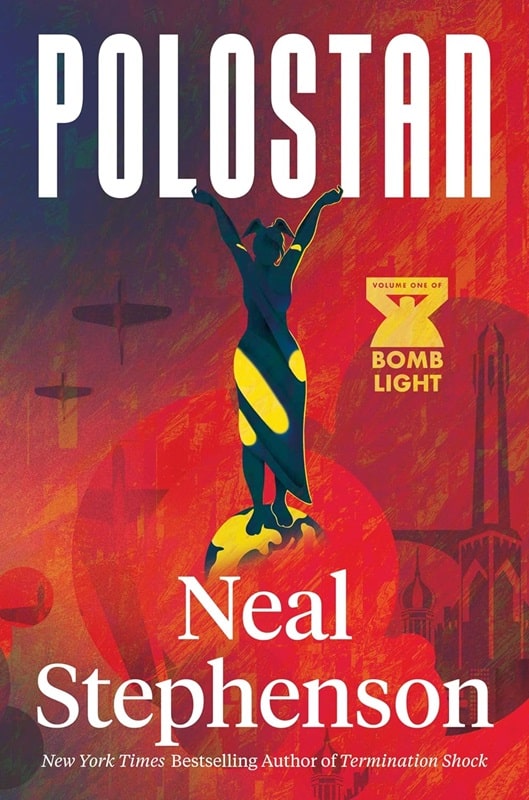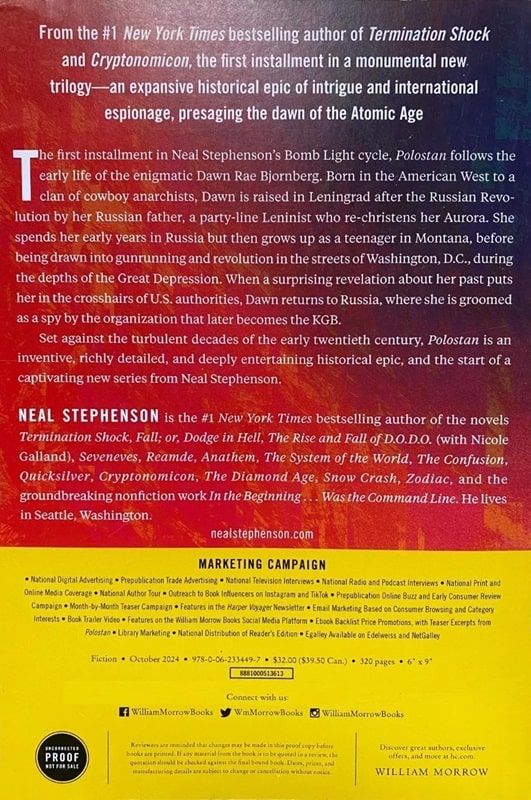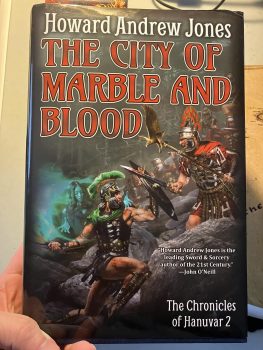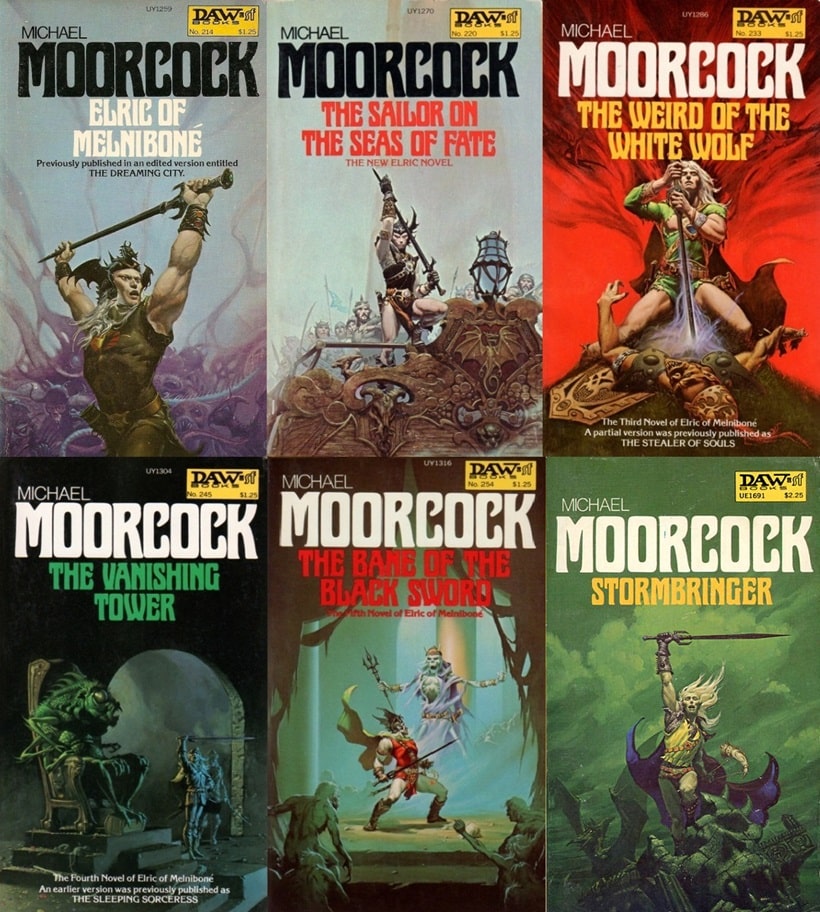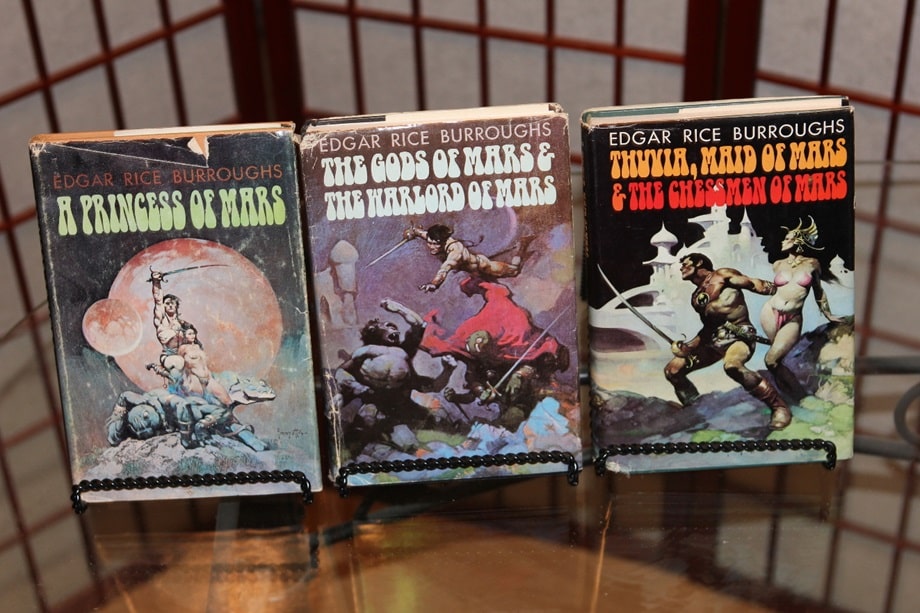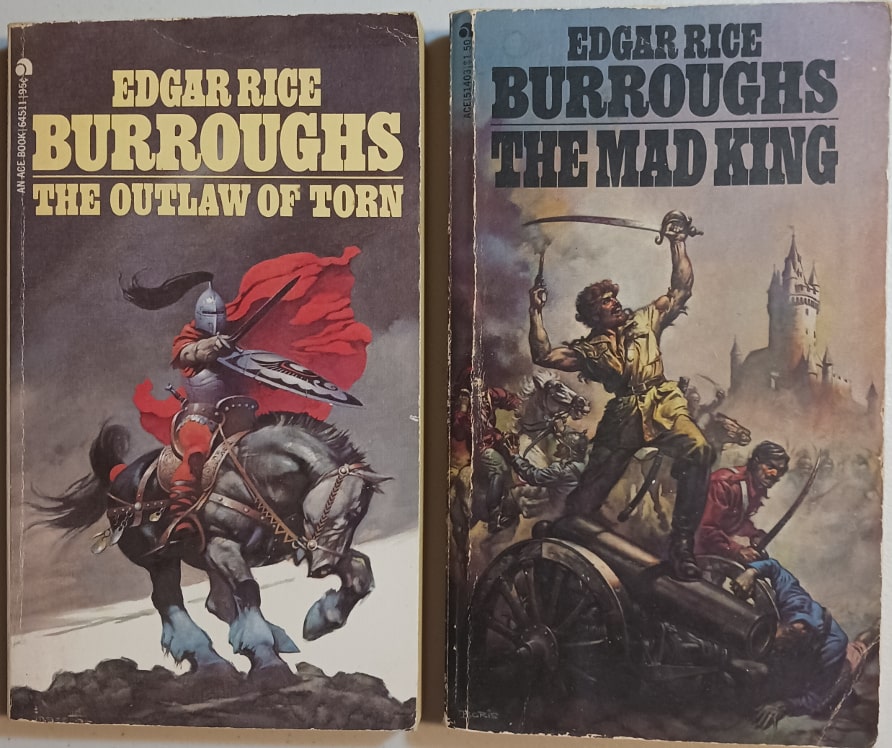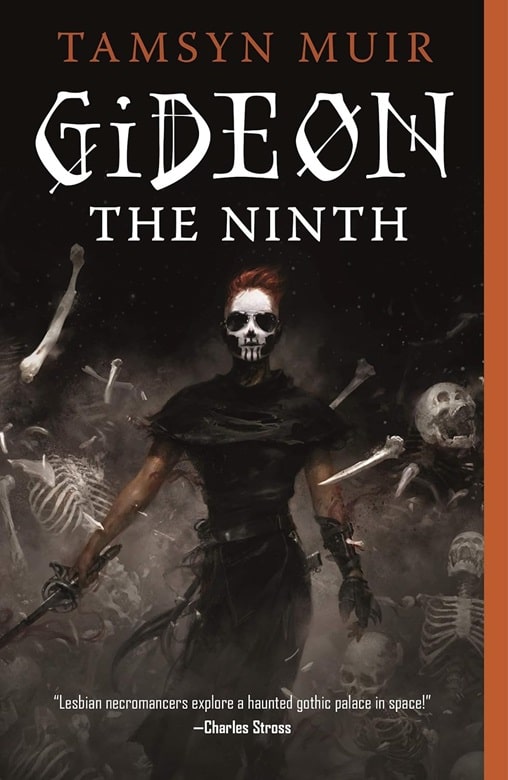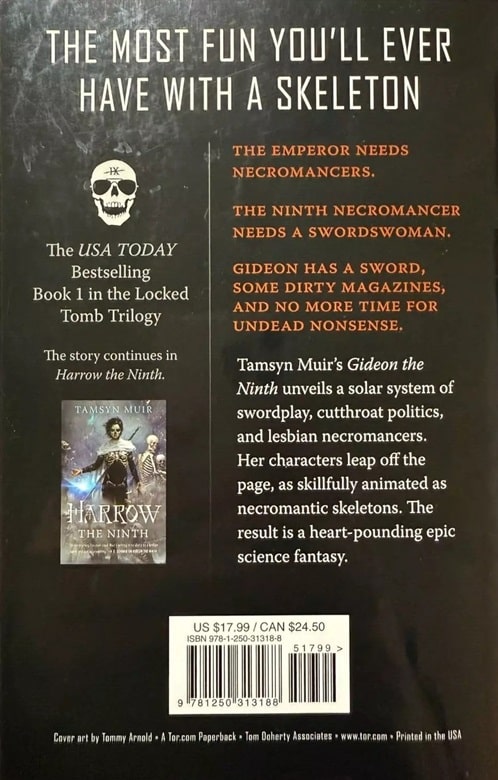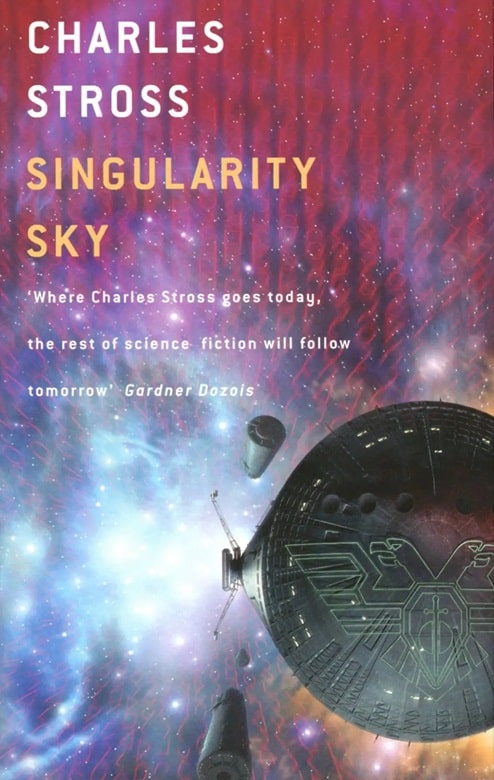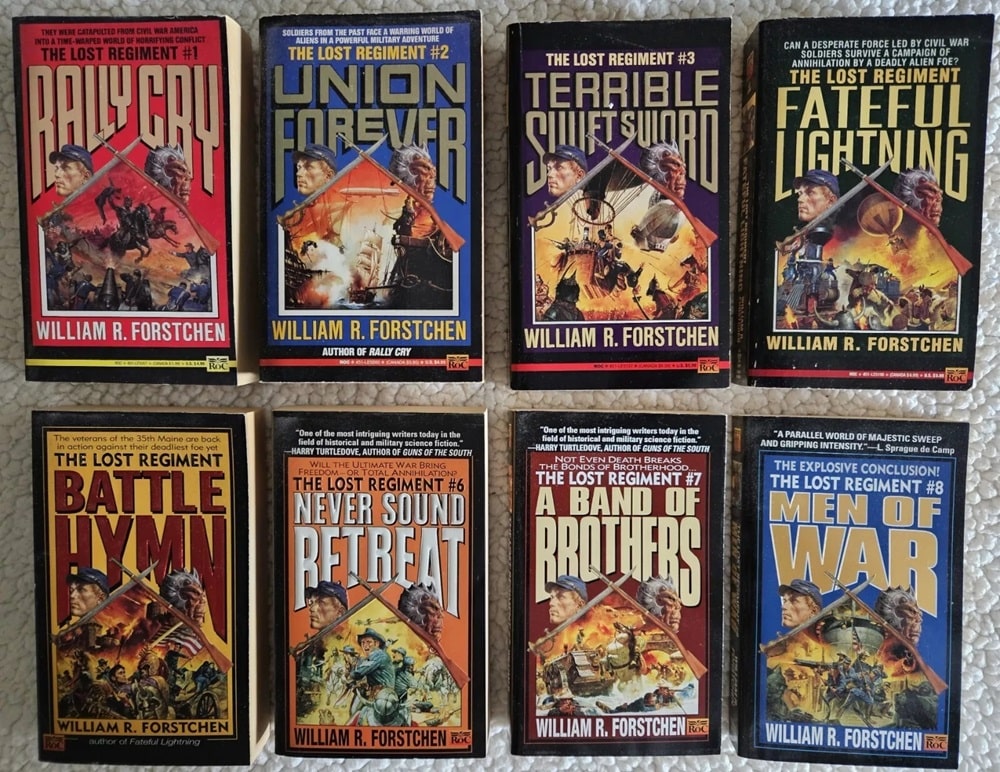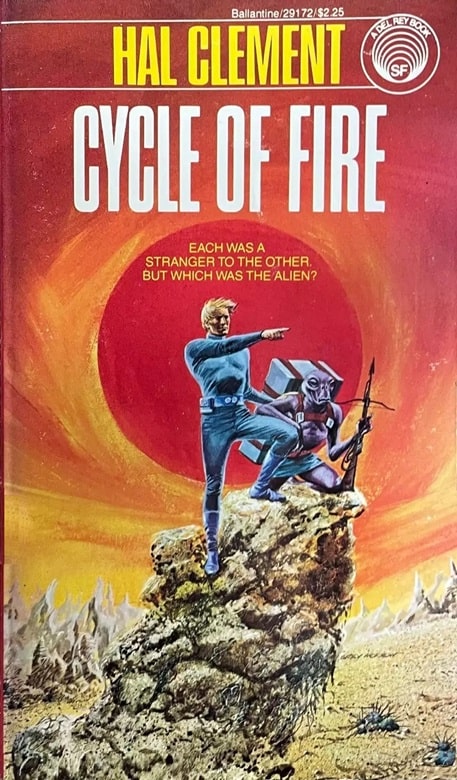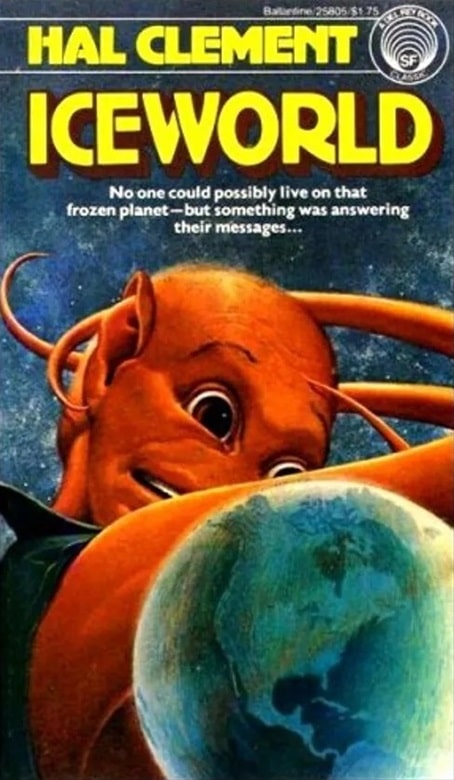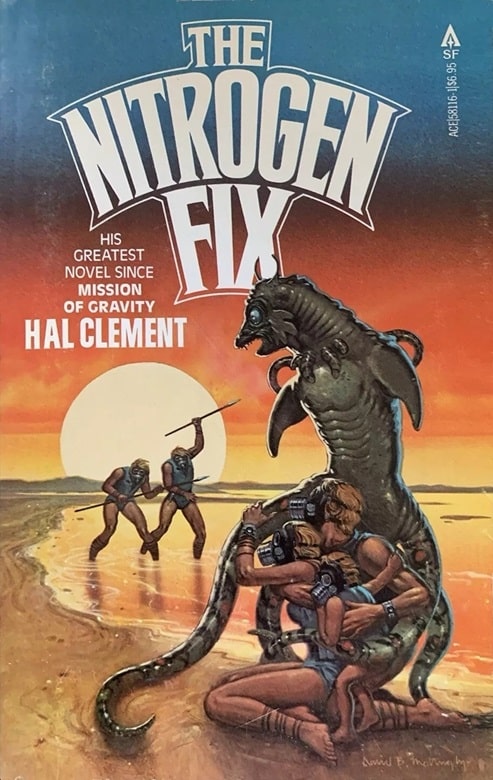The Fiction of Edgar Rice Burroughs, Part II: Tarzan and The Land That Time Forgot
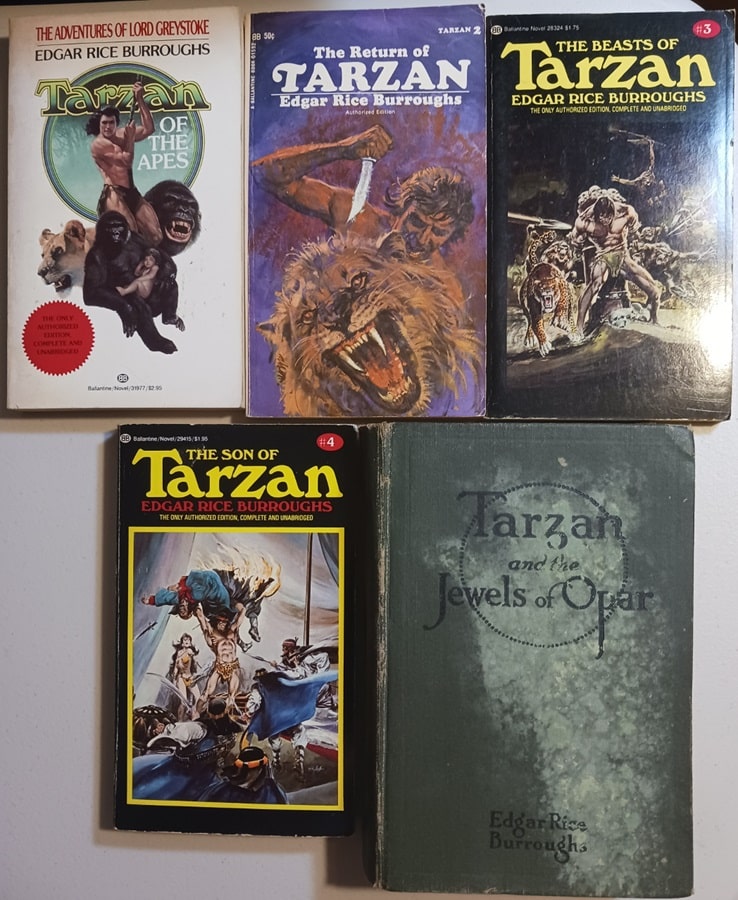
Any discussion of Sword & Planet fiction needs to start with Edgar Rice Burroughs and his book A Princess of Mars. I discussed that series extensively — and also his other S&P series, the Carson of Venus books, and his Moon Maid trilogy, which is partially S&P — in Part I of this series.
But, of course, ERB wrote many other books that have no connection to S&P fiction. They are still very good stories, though, entertaining and worth discussing. I thought I’d cover some in my next series of posts.
Most readers I know discovered ERB through the character of Tarzan. The first ERB I read was A Princess of Mars, but the second one was Tarzan Lord of the Jungle. The book was an old hardback, with no dust cover. The cover was generally brown with the title embossed on it. I found it among my sister’s books. She was the only other big reader in my family. I don’t know how she came upon it. I still remember some fifty+ years later the opening scene, with Tarzan dozing on the back of Tantor the elephant. And before long Tarzan finds a lost civilization of crusaders in deepest Africa. And there was swashbuckling.
